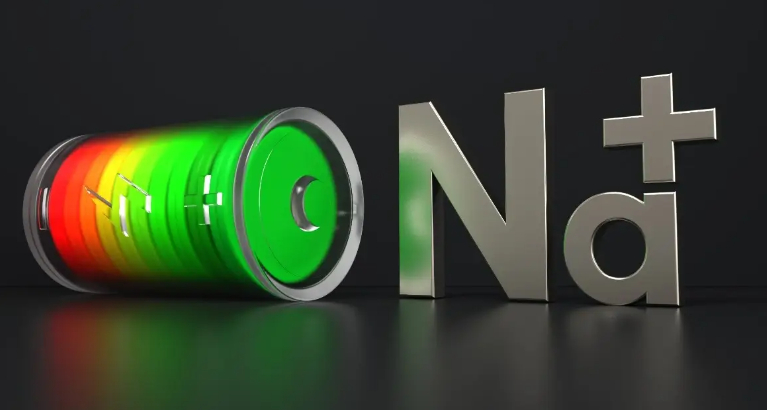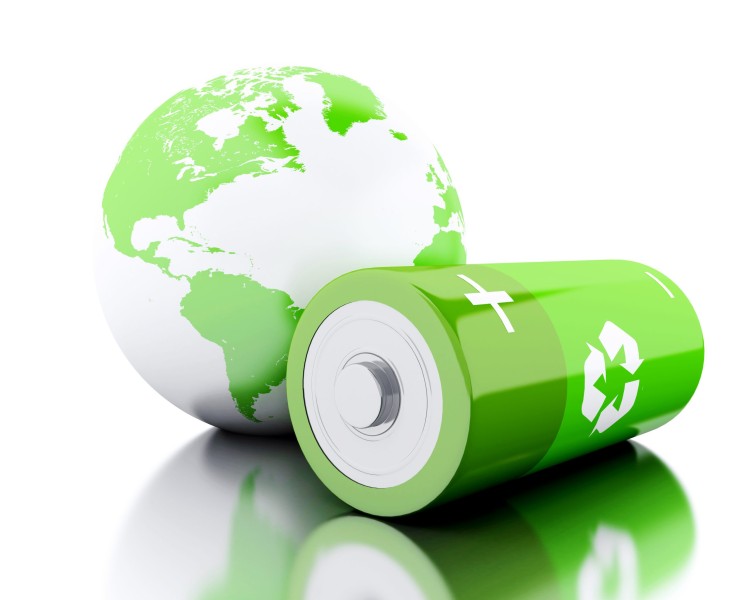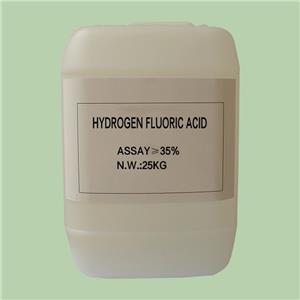Harnessing the Spark: Sodium Fluoride's Electrifying Role in Battery Innovation
In the grand tapestry of scientific advancement, where innovations thread through the fabric of our lives, one unexpected player has stepped into the limelight: sodium fluoride. Most commonly known for its presence in toothpaste, this unassuming compound has now found its way into a vastly different arena – batteries. Yes, you read that right. Batteries, the powerhouses that fuel our gadgets and vehicles, are undergoing a transformation thanks to the electrifying potential of sodium fluoride.
Batteries have come a long way from their early origins, where the voltaic pile sparked the dawn of electrochemical energy storage. Today, we rely on batteries to keep our smartphones alive, light up our homes during outages, and even propel electric vehicles towards a sustainable future. But as technology advances, so does our thirst for more efficient, longer-lasting, and eco-friendly batteries.

In the quest for better batteries, researchers have cast their eyes on sodium fluoride – an unassuming, white crystalline compound composed of sodium and fluorine. What makes this compound stand out in the battery realm? It all boils down to its exceptional electrochemical properties.
Sodium fluoride has caught the attention of scientists due to its ability to store and release electrical energy efficiently. When used as an electrode material in batteries, it exhibits a remarkable energy density and high charge/discharge efficiency. This translates to batteries that can hold more power for longer durations, charge faster, and retain their capacity over numerous cycles.
To understand why sodium fluoride holds such potential, let's dive into the science behind it. Fluorine, the most electronegative element on the periodic table, endows sodium fluoride with unique characteristics. Fluorine's appetite for electrons creates strong bonds with sodium, forming a stable compound. When sodium fluoride undergoes electrochemical reactions within a battery, these robust bonds enable efficient movement of ions and electrons, reducing energy loss and heat generation.

The marriage of sodium and fluorine brings forth the fluoride ion battery – a new frontier in energy storage. Traditional lithium-ion batteries rely on the movement of lithium ions between electrodes to generate current. However, fluoride ion batteries replace lithium with fluoride ions, which are larger and heavier. This substitution offers several advantages.
Firstly, the larger size of fluoride ions allows for more energy to be stored in the same amount of space. This paves the way for higher energy density batteries, essential for electric vehicles to travel longer distances on a single charge.
Secondly, the abundance of fluorine makes sodium fluoride a cost-effective alternative to rare and expensive lithium. As the demand for batteries surges, ensuring a sustainable supply of materials is vital.
In a world echoing with concerns about climate change and pollution, the eco-friendliness of batteries is paramount. Sodium fluoride has a distinct environmental edge over its lithium counterparts. The extraction of lithium often involves environmentally damaging practices like strip mining and chemical leaching. In contrast, sodium fluoride can be sourced through less invasive methods.

Moreover, the chemistry of fluoride ion batteries results in a safer and more stable energy storage system. Lithium-ion batteries are notorious for their occasional thermal runaway, which can lead to fires. Fluoride ion batteries operate at lower voltages, reducing the risk of such catastrophic events.
While sodium fluoride batteries hold immense promise, challenges do exist. One major hurdle is finding suitable electrode materials that can withstand the stresses of repeated charging and discharging. Researchers are actively exploring new compounds and designs to optimize the performance and longevity of these batteries.
Another challenge lies in developing compatible electrolytes – the medium that allows ions to move between electrodes. Creating electrolytes that facilitate efficient fluoride ion transport is a puzzle that scientists are diligently working to solve.
The marriage of sodium and fluorine is illuminating the path towards a brighter battery-powered future. From pocket-sized devices to grid-scale energy storage, sodium fluoride's remarkable electrochemical properties are painting a new canvas for battery technology. As research and innovation surge forward, we may soon witness a revolution that not only transforms the way we power our lives but also reduces our carbon footprint on this planet we call home. So, the next time you squeeze a dab of toothpaste, take a moment to appreciate the electrifying potential of sodium fluoride – a compound that sparks not only smiles but also the batteries of tomorrow.





